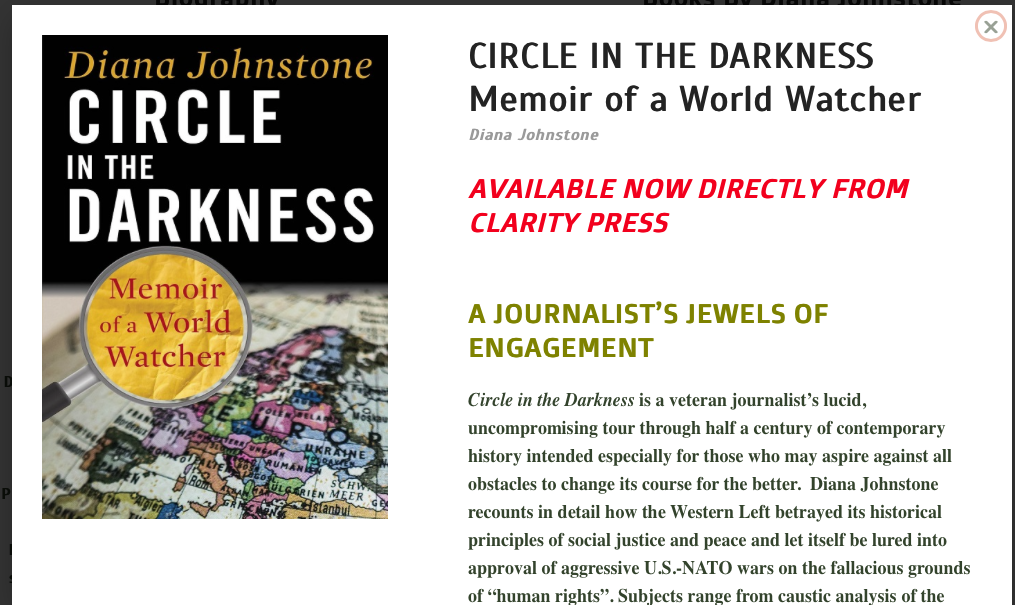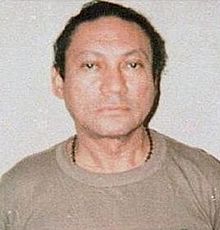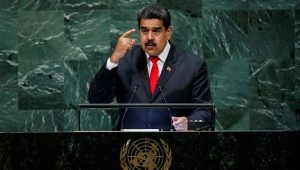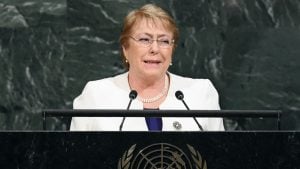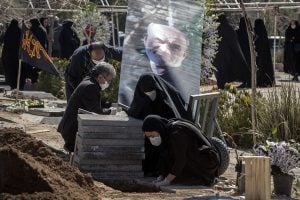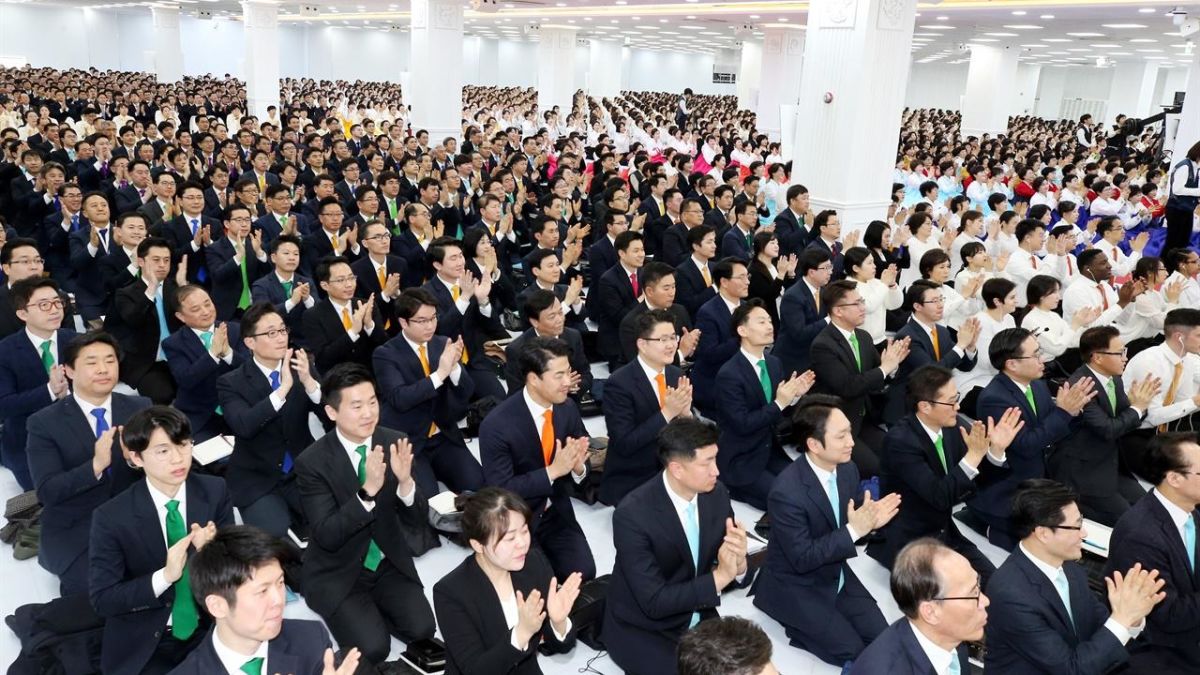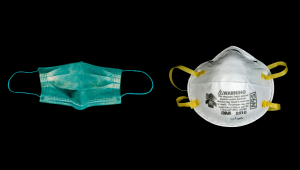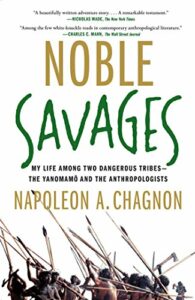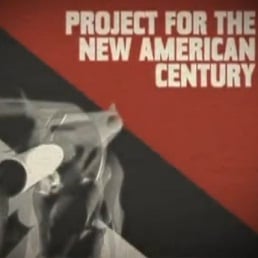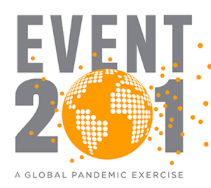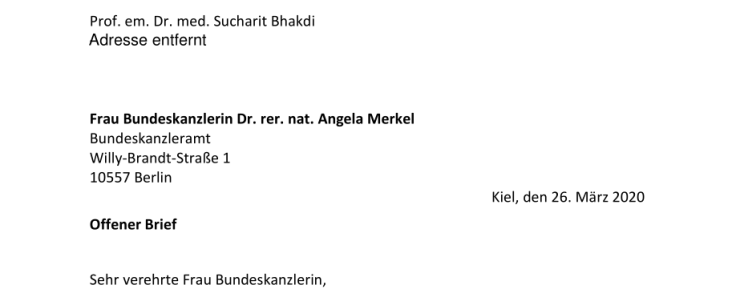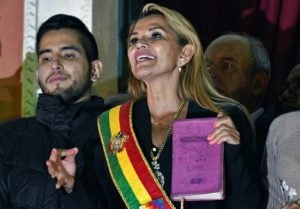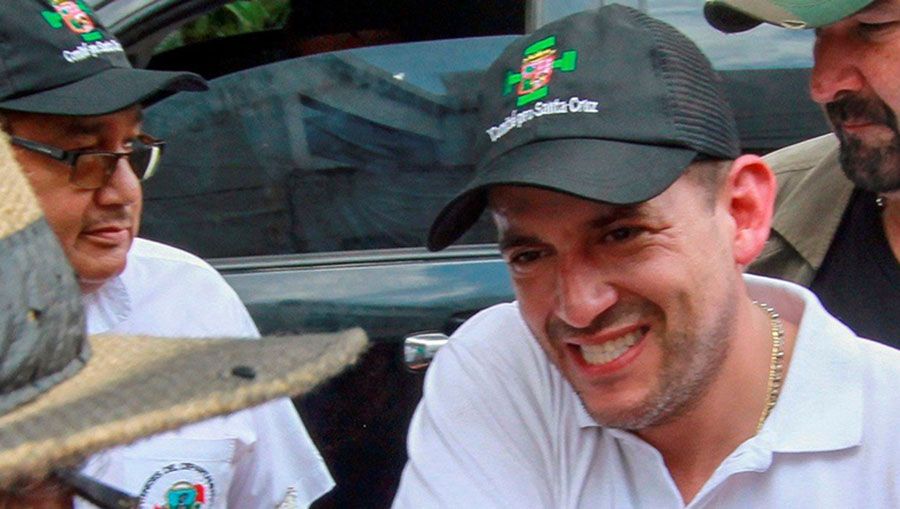On “Market Solutions” to the Covid-19 Crisis
April 1st, 2020 by Dr. Jack Rasmus
Listening to Trump’s daily press conference, one gets injected with a healthy dose of how market based solutions are already saving us from the virus.
On a daily basis, Trump tells us what a fantastic job he’s doing, then trots out corporate CEOs before the camera, one after another, each telling us what they’re doing: US auto execs tell us of their plans to convert their idled factories and produce millions of ventilators (while states in desperate need are actually buying them from abroad, mostly China). Big Pharma companies are developing the new vaccine or interim medical treatments like hydrocholoroquinine (which Cuba has already produced and is giving free to Italy); silicon valley tech companies announce contributions of hundreds of thousands of N95 masks (from their offshore inventories purchased from Asia and elsewhere no doubt).
But the reality is that the free market and so-called free enterprise system is largely responsible for much of today’s health crisis. It is the ‘market’ that has given us the massive shortages in hospital beds, ventilators, critical personal protection equipment (PPE), and the long lag in developing interim medical treatments—let alone a vaccine.
Here’s just a few notable cases how the market has failed and continues to do so:
Hospital Beds
As others have pointed out, before the Neoliberal market system implanted itself in the USA decades ago with Ronald Reagan (deepening and expanding ever since), there were 1.5 million hospital beds in the country and an extensive non-profit public hospital system. Before 1980 there were 100 million fewer US citizens for those 1.5 million beds. Today there are 100 million more Americans, but only 925,000 hospital beds. We’ve added 100 million but reduced beds by 500,000. The reduction, of course, was all done in the name of ‘market efficiency’ by the for profit hospital chains who bought up and then shut down much of the non-profit public hospital system. Now, as the current health crisis deepens, we’re left setting up cots in auditoriums and college dorms and call them hospitals.
The crisis in hospital beds for virus patients can be traced largely to the program of Bill Clinton in 1994 called ‘managed health care’. That program permitted and incentivized the acquisition of the public hospital system by the for-profit chains who sought to reduce competition so they could raise prices. Under Clinton’s program, the for-profit chains were even exempted from US anti-trust laws that might have prevented the loss of half million hospital beds. Hospitals are one of the few industries totally exempt from anti-trust still today.
Personal Protective Equipment (PPE)
Why is the USA so short on ventilators, masks, safety clothing, even disinfectants? It’s because the market solution was to offshore the production of these critical items to Asia, Latin America, and especially China years ago. It was cheaper to move production offshore (experts call this today relocating the supply chains!). It was cheaper to import back these products to the US economy. Expanding free trade (again under Clinton) then made the cost of importing back to the US even cheaper and thus more profitable still. Offshoring and free trade are but two sides of the same coin. Add a third leg to the economic stool: tax laws were changed to provide tax breaks to corporations that actually offshored the production of PPE.
Image on the right: Staff load medical materials bound for Italy at Zhejiang Provincial People’s Hospital in Hangzhou, east China’s Zhejiang Province, March 17, 2020. Photo: Xinhua/Zheng Mengyu via Getty Images
Fast forward and today we have China producing 115 million N95 and surgical masks A DAY! China’s surplus is so great it is giving ventilators and masks to Italy for free. But is the US saying anything about this in Trump’s press conferences? Has Trump ever admitted the availability of these critical PPE materials, ready for import to the US right now! No. Instead, health care providers, doctors, nurses, technicians, are told to re-use their masks and other equipment since there aren’t enough of them to go around. And we’re told by corporate representatives in Trump’s press conferences the materials are coming. Just be patient.
And then there’s the Hydrochloroquinine interim treatment for those sick with Covid-19. Trump mentioned that. But did he say where it was being already used? Some reports are now appearing that the treatment was successfully developed in Cuba, whose doctors have been sent to Italy to administer it there to the most ill patients. But no mention, however, that that treatment is taking place right now in Italy. You won’t hear that ‘non-market’ solution from market unfriendly Cuba from Trump.
Unemployment Benefits
The USA has one of the most miserly unemployment benefit payment systems among all the advanced economies. It provides barely a third of what’s needed to live on. And in many states not even that. In California, one of the more generous in relative terms, the top benefit is $450/wk. That’s about $1,800 a month. But the median rent in urban areas of California alone is $3,000 or more! In New York and other big cities, even more. And the insufficient benefits are paid for only six months.
But if you’re one of the tens of millions of temp, contract, gig workers you’re not considered an employee for the company you’re working for. You therefore are not eligible for even the insufficient unemployment benefits paid in the US.
That has temporarily changed as the US Congress CARE Act just passed. It now provides unemployment benefits for ‘gig’ and other contract workers, albeit for just four months. But the point is this: It’s not the ‘market’ that is helping the millions of gig and other contract workers with at least some benefits. It’s the government. With the CARES Act the government and taxpayer will now pick up the tab for the unemployment benefits for the millions of contract and gig workers that the ‘market’ has failed to cover. The market has allowed companies to avoid paying any unemployment benefits tax that would otherwise cover contract and gig workers. The taxpayer and government now will ‘pick up the tab’. The market failed and the government-taxpayer must clean up its mess and provide the benefits companies like Uber, Lyft, AirBnB and others have avoided and pocketed for themselves.
Health Insurance
In the free market Nirvana that is the USA today, millions of companies are permitted to forego providing their employees health insurance coverage. 37 million have no insurance at all. And 87 million are under insured. Millions with some insurance have deductibles of thousands of dollars per person a year.
Now the Cares Act once again, i.e. the government and taxpayer, is stepping in and ensure these millions—employed and unemployed—have some kind of health insurance coverage. The government is called upon to clean up the mess the market has left.
Paid Medical-Sick Leave
The richest country in the world, the USA, where the Fortune 500 largest companies have managed to distribute more than $1 trillion a year for the past nine years to their shareholders in stock buybacks and dividend payouts, only provides on average 6 paid sick leave days a year to employees. And that’s typically only where a union contract exists. Most get unpaid sick leave or none at all. Get sick, go find another job. That’s the ‘market solution’. In Europe and elsewhere, combined paid leave is typically 30 days or more a year. But not in Trump’s market solution America.
Once again, the consequence is that the government-taxpayer in the CARES Act will have to pick up the tab for paid medical leave for the millions who must stay home due to their Employer’s order, or government ‘stay in place’ guidelines, or school districts shutdowns.
Market Solutions for Worker Retraining
It used to be that companies trained their own workers to become more skilled and productive. There was once a very widespread on the job training culture in the USA. That disappeared as well with the deepening of Neoliberalism and globalization (aka free trade, offshoring, and foreign direct investment by US multinational corps). Under Bill Clinton, corporations were allowed to bring hundreds of thousands of skilled workers from their foreign operations back to the US to take some of the best US jobs. It still continues. Free market efficiency meant it was cheaper (and more profitable) just to transfer workers on H1-B and L-1/2 visas to the US. No need to train American citizens. Cheaper simply to import skilled labor. That was the ‘market solution’ to job training.
The CARES ACT: $500 Billion ‘Socialism for Corporations’
The CARES Act allocates $500 billion just to large corporations. (Another $367 billion to smaller businesses). But do the large corporations really need the $500 billion? And who will oversee the distribution of that largesse?
Take the Airlines. Do they need it for the next 60 days? Do they deserve it?
The airlines are getting $58 billion under the just passed Cares Act. Half of that in outright grants. No strings attached. Another half in loans. Reportedly, they’re now quickly taking the grants but not the loans. Why? They’re probably waiting for Congress to agree to convert the loans to outright grants later in the year.
But no one is asking how much cash on hand the airline companies have as they’re handed these tens of billions of $! And no one is mentioning that the same airline companies in recent years gave their shareholders and CEOs no less than $45 billion in stock buybacks and dividend payouts. So now they’re getting $58B to back fill the hole of $45 billion they gave away to themselves and their big investors (who together owned most of the $45B stock bought back).
Here’s another question unanswered: In recent years big corporations (Fortune 500) earned record profits and paid out more than $1T a year in buybacks and dividends. Under Trump, they’ve paid out a total of more than $3 trillion in buybacks+dividends. In addition to that, in the months immediately leading up to the March 2020 virus crisis, the same big corporations were drawing down hundreds of billions of dollars from their credit lines with banks. At the same time in recent months they have been issuing new bonds and raising billions more in cash. No less than $73 billion was raised from issuing new bonds in February, a record. Flush with mountains of cash from Trump 2018 tax cuts, from their bank credit lines, and from record corporate bond issuance, they now are being given $500 billion more by Congress in the CARES ACT. Do they really need it? Let’s open their books and see before they get even $1.
Not least, there’s the question of who will oversee who gets the $500 billion. The Democrats in Congress say the special board created must oversee. Trump in turn has said, no way. I’m personally going to oversee. Want to guess who’ll win that one?
The point is Big Corporations are loaded with cash. And they didn’t earn most of it from the ‘market’. They got it from Trump tax cuts, from bank credit lines, and from low interest corporate bond issuance made possible by convenient near zero interest loans from the Federal Reserve. Nevertheless, now the non-market sugar daddy, the US government, is giving them $500 more whether they need it or not!
Super-Socialism for Bankers & Investors
The $500 billion going to big business pales in comparison, however, to the multi-trillions that the central bank, the Federal Reserve, is now pouring into the bankers, shadow bankers (i.e. hedge funds, equity firms, investment banks, mutual funds, etc.), and even now into non-bank corporations for the first time as well.
In 2008 the Federal Reserve provided more than $4 trillion to bail out the banks. Now it is providing more than $6 trillion (thus far)—and this time the banks haven’t even failed yet!
The Fed has opened a free money spigot to investors, bankers, and to big business of all types, and has simply declared ‘come on in and take it’. And if the $6 trillion to date isn’t enough, we’ll provide more.
For the first time ever the Fed is now providing free money not only to bankers, but to credit card companies, mortgage companies, corporate bond holders, and even to investors in derivatives like Exchange Traded Funds, or ETFs. Next it will start buying stocks to prop up those markets. Its cousin central bank, the Bank of Japan, has been doing that for years now.
Subsidizing Capital Incomes by Government Not the Market
Both tax policy and central bank monetary policy are supposed to function as general economy stabilization tools, according to mainstream economists. But today that’s a fiction perpetrated by the corporate media. In recent decades, tax and central bank policy ‘tools’ have become virtual conduits for the subsidization of capital incomes.
They have become the vehicles of Corporate Socialism. The Capitalist State and its government takes care of its own. The rest of us will be taken care of by ‘the market’, according to Trump.
*
Note to readers: please click the share buttons above or below. Forward this article to your email lists. Crosspost on your blog site, internet forums. etc.
This article was originally published on the author’s blog site, Jack Rasmus.
Dr. Rasmus is author of the just published book, ‘The Scourge of Neoliberalism: US Economic Policy from Reagan to Trump’, Clarity Press, January 2020. He blogs at jackrasmus.com and hosts the weekly radio show, Alternative Visions on the Progressive Radio Network. Join Dr. Rasmus for daily commentary on developments in the US economy and politics on Twitter at @drjackrasmus.
Featured image is from Morning Star
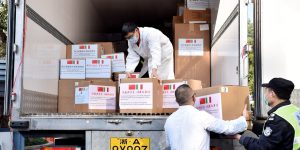



 Can you
Can you 


